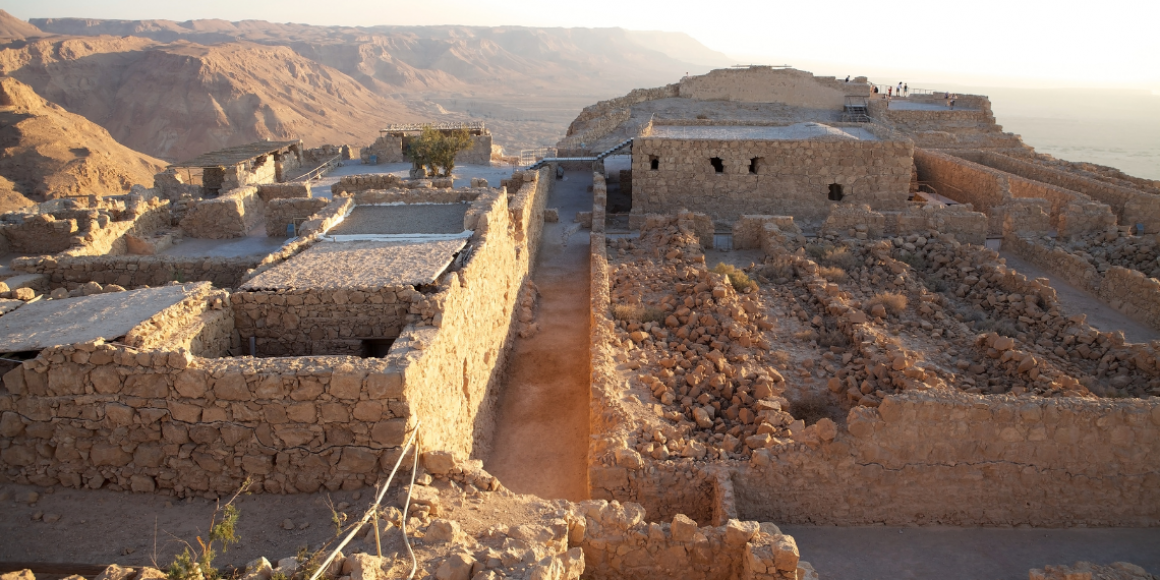
From Masada to Modernity: Reflections on the Ninth of Av
It is the rare visitor to Israel who does not at some point ascend Masada, on the plateau of which Herod, more than two thousand years ago, built a palace and fortress. This year marks 1950 years since the fall of Masada, the last stronghold of Judean fighters combatting the Romans in a war that began in the year 66 C.E. For the Romans, the assault on Masada was a mop-up operation, following their conquest of Jerusalem and destruction of the Judean Temple, in 70 C.E.
Much has been written about the war of which Masada represented the last stand. Famously, the Talmud (Yoma 9b), speculating as to why the Temple was destroyed, comments that the destruction resulted from wanton hatred (sinat hinam) amongst the Judeans of that period. Fast forward to the approach of this 9th of Av (Wednesday night, July 26th and Thursday, July 27) commemorating the destruction of the First (586 B.C.E.) and Second (70 C.E.) Temples, and much is being written about fissures in Israeli society that pose existential challenges to the modern Jewish state, now in its 76th year. For the Jews of Israel and those living elsewhere who care about the well-being of medinat yisrael, seeking common ground/avoiding sinat hinam is an enduring message of 9 B’Av.
There is, at the same time, another important take-away from the destruction of nearly two millennia ago and responses to it. Dramatic changes during the period 70-220 C.E. were accompanied by strengthened Jewish bonds nurtured through education and communal institutions (particularly, synagogues). Arguably, the transformations of the most recent 150 years are the most dramatic in Jewish history since those of 70-220.
New approaches to and expressions of Judaism and a movement to reclaim Jewish nationality emerged as responses to modernity, in the nineteenth century. Between 1875-1925, Jewish population in the United States increased from fewer than 250,000 to 3.5 million, largely through mass immigration. During the Holocaust, an estimated six million Jews – one-third of world Jewry – were systematically annihilated. The Zionist vision – re-establishment of a Jewish national home in the land of Israel – was internationally endorsed by the United Nations in 1947, and realized in 1948. In the span of but a few generations, the landscape of Jewish life has significantly changed.
Commemoration of the 9th of Av each year coincides, in the weekly cycle of Torah study, with reading from the Book of D’varim, the fifth book of the Torah. This closing book of the Torah is primarily comprised of the final discourses of Moses to the people Israel. Moses underscores the importance of learning and teaching Torah throughout the generations. At times of transformational change, Jews have found renewed meaning through re-visiting the classical texts of Jewish wisdom.
Now, no less than 1950 years ago, dramatic change in Jewish history calls for strengthened Jewish educational engagement. Reflecting on 9 B’Av and responses to it summons us to make every effort to avoid the pitfalls of internecine, intra-communal strife, and to strengthen our commitment to Jewish education. We do well, in this connection, to recall the words of the first century sage Ben Hei Hei: “According to the labor is the reward” (Avot 5.26).
